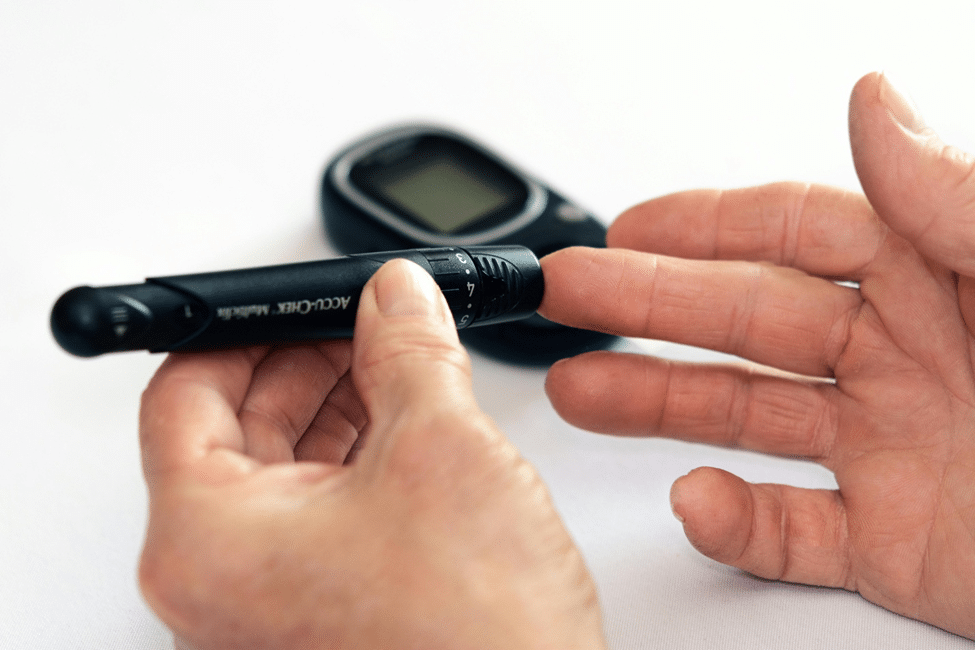
Diabetes is a chronic condition that affects millions of people worldwide, leading to a variety of complications, including nerve damage, cardiovascular issues, and impaired wound healing. One of the most significant challenges diabetic patients face is the development of non-healing wounds, especially diabetic foot ulcers. These wounds can be slow to heal and, in severe cases, may lead to infections or even amputations. As traditional wound care methods are not always effective, alternative therapies like Hyperbaric Oxygen Therapy have gained attention for their potential to help diabetic patients heal wounds more effectively and prevent further complications.
Why Wound Healing is Challenging for Diabetic Patients
Diabetes impairs wound healing due to a combination of factors. High blood sugar levels can lead to damage in blood vessels and nerves, causing poor circulation, especially in the extremities like the feet. As a result, oxygen-rich blood doesn’t reach tissues efficiently, making it difficult for wounds to heal properly. Diabetic neuropathy (nerve damage) also reduces sensation in the feet, so patients may not notice small cuts or injuries, leading to infections that worsen over time.
Furthermore, diabetes can impair the immune system, making it harder for the body to fight off infections that can easily develop in slow-healing wounds. Diabetic foot ulcers are one of the most common complications, and without proper treatment, they can lead to serious infections, gangrene, and amputations.
Understanding Hyperbaric Oxygen Therapy (HBOT)
Hyperbaric Oxygen Therapy involves breathing pure oxygen in a pressurized chamber. The pressure inside the chamber is higher than normal atmospheric pressure, allowing the blood to carry more oxygen to tissues that are deprived of it. In conditions like diabetes, where poor circulation can lead to oxygen-starved tissues, HBOT helps promote healing by improving oxygen delivery to these areas. The increased oxygen concentration accelerates tissue repair and stimulates the body’s natural healing processes.
How HBOT Supports Wound Healing in Diabetic Patients
Hyperbaric Oxygen Therapy is increasingly being used to treat diabetic foot ulcers and other non-healing wounds in diabetic patients. Here’s how HBOT helps accelerate wound healing and prevent complications:
1. Improved Oxygen Delivery to Tissues
In diabetic patients, poor blood flow to the extremities reduces the amount of oxygen that reaches the tissues, slowing down the body’s natural healing process. HBOT increases the amount of oxygen dissolved in the blood plasma, allowing oxygen to reach tissues that are not receiving enough through regular circulation. This oxygen-rich environment helps stimulate the growth of new blood vessels, a process known as angiogenesis, which is crucial for repairing damaged tissues and promoting wound healing.
2. Reducing Inflammation and Swelling
Diabetes often leads to chronic inflammation, which can further impair the body’s ability to heal wounds. HBOT has anti-inflammatory properties that can reduce swelling around the wound site, improving blood flow and oxygen delivery. By decreasing inflammation, HBOT allows the body’s healing mechanisms to function more efficiently, promoting faster recovery.
3. Stimulating the Growth of New Tissue
Oxygen is vital for cell metabolism and the production of collagen, a protein that forms the structural framework of new skin and tissue. HBOT helps stimulate the growth of new, healthy tissue around the wound, accelerating the healing process. In cases of diabetic foot ulcers, this is particularly important as it helps close the wound faster, reducing the risk of infection.
4. Boosting Immune Function
HBOT not only increases oxygen delivery to tissues but also enhances the body’s immune response. Oxygen plays a key role in the function of white blood cells, which are responsible for fighting infections. Under hyperbaric conditions, white blood cells become more effective at destroying bacteria and other pathogens, reducing the risk of infection in diabetic wounds. This is crucial for diabetic patients who are more prone to infections due to a weakened immune system.
5. Reducing the Need for Amputations
One of the most serious complications of diabetic foot ulcers is the risk of amputation. If the wound becomes severely infected and doesn’t heal, amputation may be the only option to prevent the spread of infection. Studies have shown that HBOT can significantly reduce the need for amputations in diabetic patients by promoting faster and more complete healing of chronic wounds. By improving oxygenation, reducing inflammation, and stimulating new tissue growth, HBOT can prevent wounds from reaching the point where amputation becomes necessary.
HBOT as Part of a Comprehensive Treatment Plan
While Hyperbaric Oxygen Therapy can offer significant benefits, it is most effective when used as part of a comprehensive treatment plan. Diabetic patients with foot ulcers should continue with traditional wound care methods, such as regular cleaning, debridement (removal of dead tissue), and infection management, in addition to HBOT. Lifestyle changes, including managing blood sugar levels, maintaining a healthy diet, and improving foot care practices, are also essential in preventing complications and promoting long-term health.
If you are interested in exploring the benefits of HBOT, consider visiting CEO2 Health in Los Angeles, California. We offer comprehensive HBOT services designed to help you achieve optimal health and vitality.

